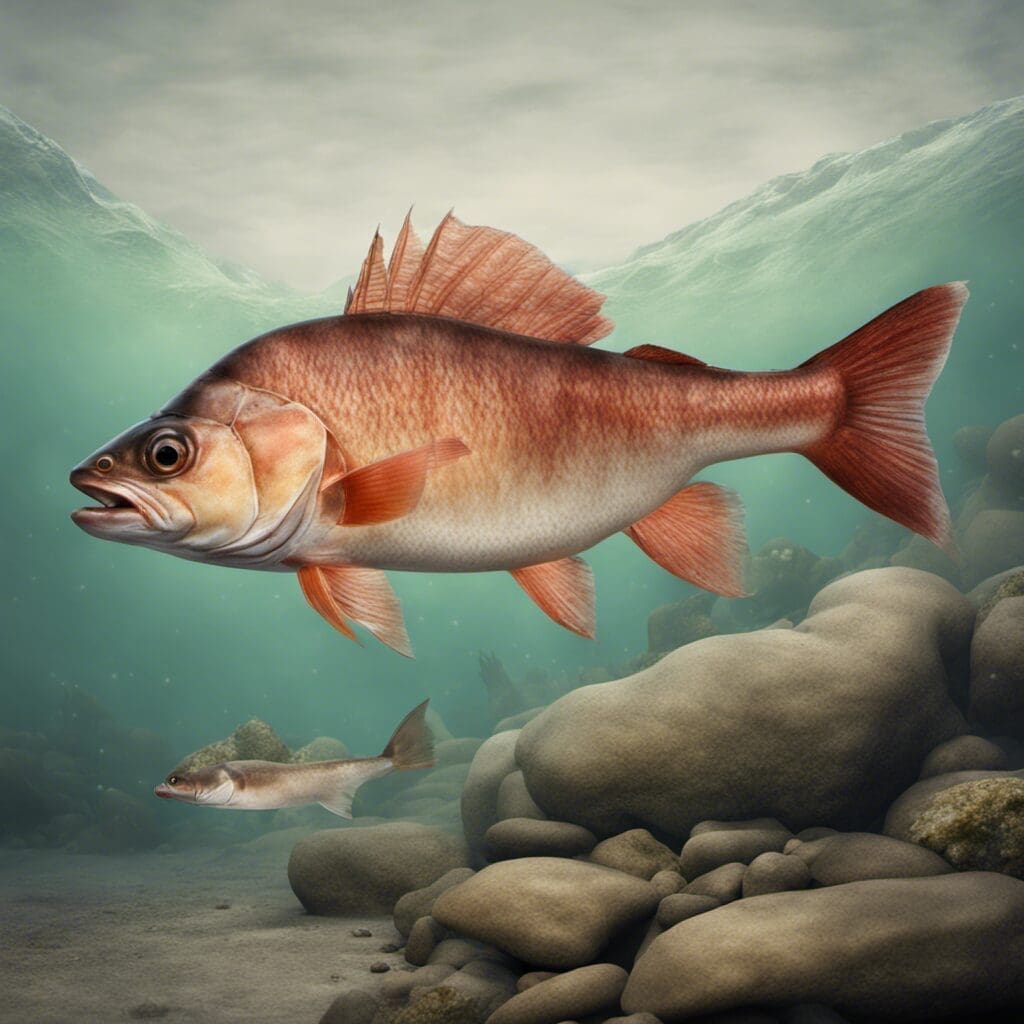Introduction
The Shorthead Redhorse (Moxostoma macrolepidotum) is a species of freshwater fish, belonging to the family Catostomidae.
Conservation Status
The Shorthead Redhorse is currently classified as a species of least concern (LC), demonstrating a stable population trend. Despite various Anthropogenic pressures and widespread habitat alteration, conservation efforts are maintaining the size and stability of the population.
Statistics
| Aspect | Average | Range |
|---|---|---|
| Length | 50 cm | 30-75 cm |
| Weight | 2 kg | 1-3 kg |
| Life-span | 14 years | 10-20 years |
Distribution
Shorthead Redhorse are known to inhabit various regions across North America, including the United States, Southern Canada, the Hudson Bay, the Great Lakes, the Mississippi River Basin and the Missouri River.
Habitats
Water Type
The species inhabits freshwater environments.
Depth Range
Redhorse are generally found in river depths of 1-4 meters.
Temperature Range
While this species has been observed in varied temperature environments, it mostly prefers cooler water temperatures.
When and Where to See
Seasonal Patterns
Spring and early summer are the best seasons to find Shorthead Redhorse.
Time of Day
Like most species in the Redhorse family, this species is more active during the daytime, particularly in the early mornings and late afternoons.
Best Fishing Locations
- Missouri River, United States
- Niagara River, United States/Canada
- Detroit River, United States
- St. Clair River, United States
How to Catch
Preferred Bait or Lures
Shorthead Redhorse are bottom feeder fish, therefore, effective baits to use include worms, shrimp, and insect larvae.
Fishing Techniques
Fishing techniques like bottom fishing using a weight to hold the bait down are effective methods to catch Shorthead Redhorse.
Best Time or Season for Fishing
The most effective time to catch Shorthead Redhorse is during their spawning season in the spring and early summer.
Identification Guide
The Shorthead Redhorse is identifiable by its copper red or yellowish-brown colors, a deep body shape, and a short, blunt snout. This sets it apart from the other species in the Redhorse family.
Additional Information
Behavior
The Shorthead Redhorse feeds primarily on algae, insects, and other small aquatic organisms. It reproduces through spawning once a year during the spring season.
Cultural/Historical Significance
In certain First Nations communities in North America, the Shorthead Redhorse holds cultural value and is often used in traditional meals and ceremonies.
References and Further Reading
For more information regarding the Shorthead Redhorse, the following sources and readings are recommended:
- “Fishes of the Great Lakes Region”, by Carl L. Hubbs and Karl F. Lagler
- “The Fishes of Illinois”, by Philip W. Smith
Please note that all links included will open in new tabs. It is also advised to conduct thorough research before embarking on fishing trips or attempts to locate the Shorthead Redhorse.

